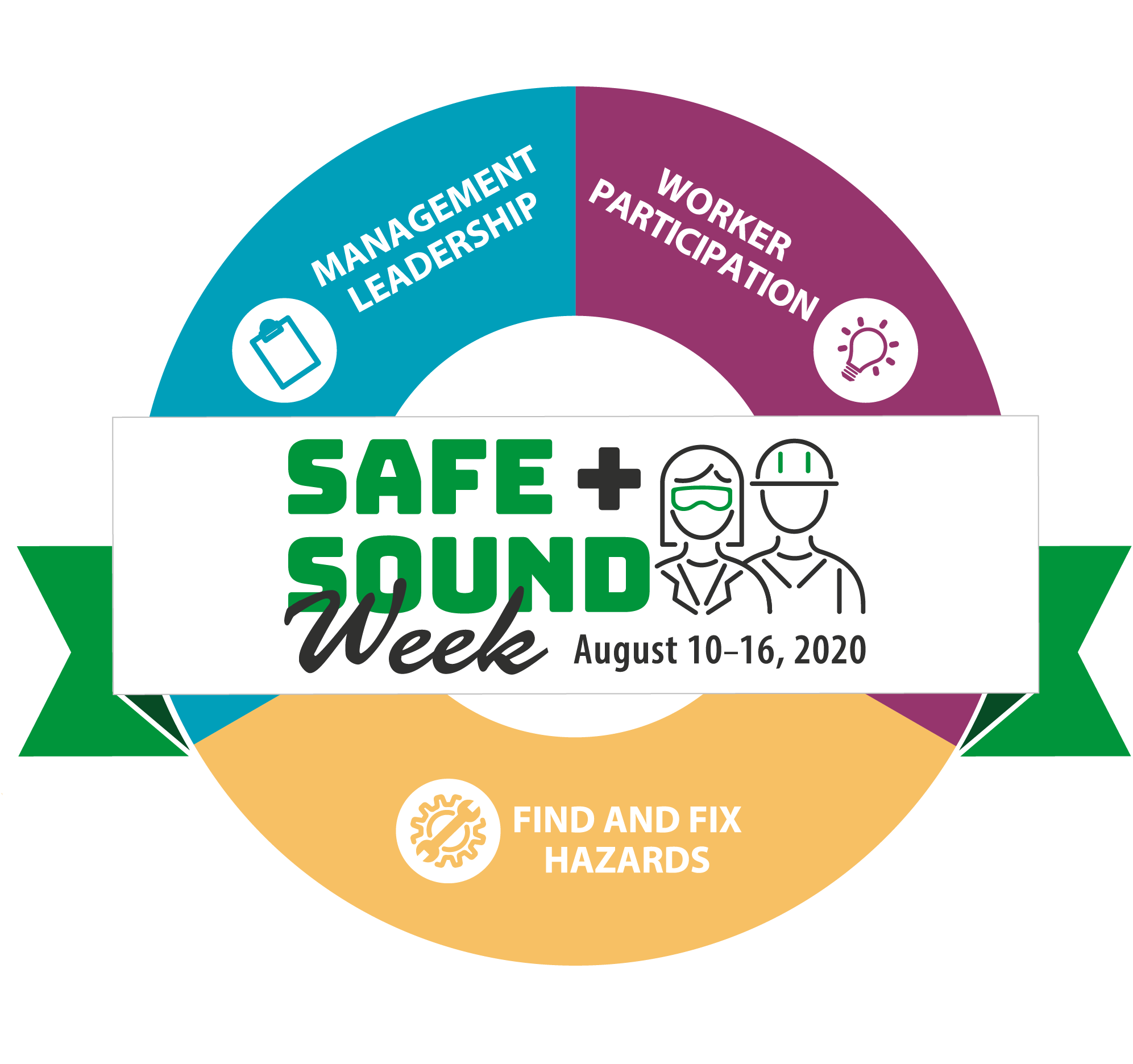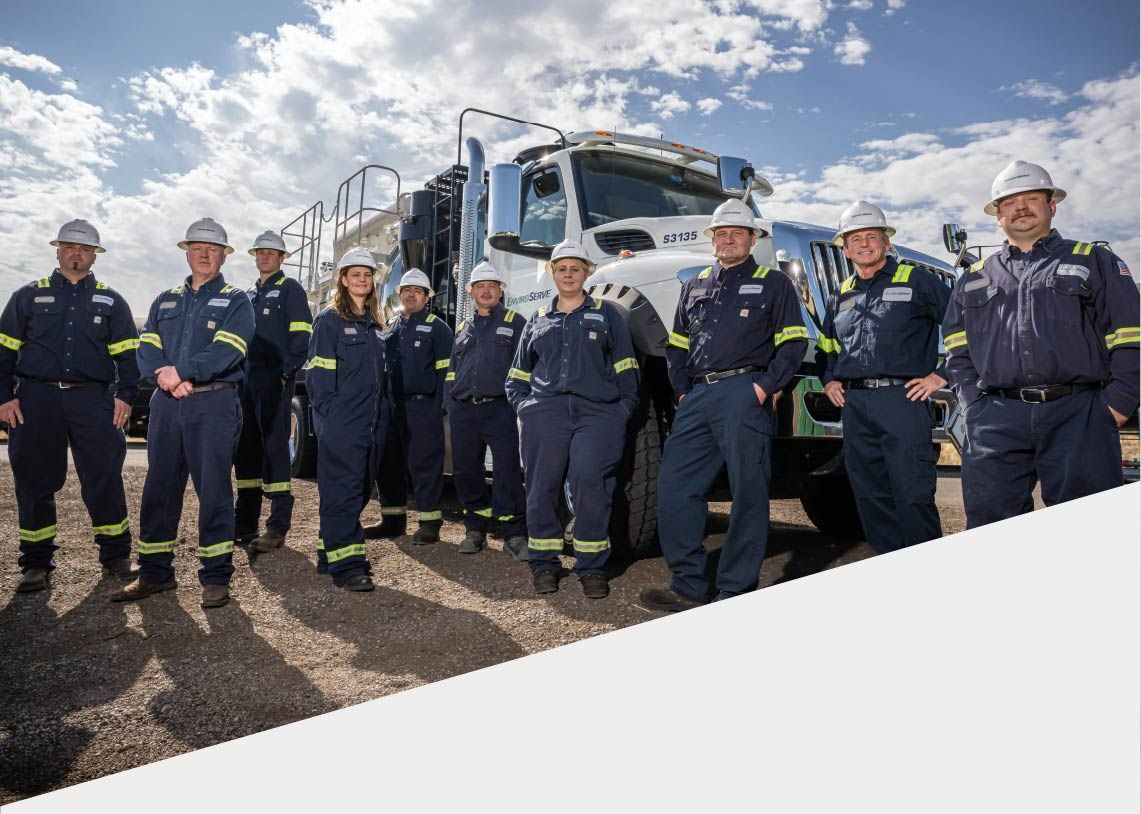Staying Safe and Sound: Why a Safety and Health Program is Important
Are you participating in Safe + Sound Week*? Find out why an effective safety and health program can benefit your company.
Each year businesses create plans to grow and adapt within their market, including procedures and tactics used to protect the health, safety, and well being of their team members. Regardless of the industry, creating and implementing an effective safety and health program is vital.
What is a safety and health program?
A safety and health program, also known as a
safety management system, is designed to address and prevent occupational incidents and accidents within the workplace. Each program is customized to best suit industry needs and address varying hazards requiring specific methods of control to protect both workers and equipment.
Why is a safety and health program important?
Creating and maintaining an effective safety and health program yields many benefits. For starters, effectively controlled hazards and safe work practices help prevent injury and illness. Throughout history, worker safety has greatly improved; however, there is still plenty of progress to be made. In recent years, an average of
5,000 workers have died on the job annually—roughly 14 people per day—and an additional
3.6 million have suffered a serious job-related illness or injury.
These incidents don’t just affect the individual harmed, but also the business’ bottom line. An effective safety and health program reduces the costs of unnecessary medical bills, workers’ compensation premiums and loss of productivity. Notably, in 2018 alone, the
total cost of work-related injuries was $170.8 Billion - yes, that is Billion with a B.
Executing a safety and health program also allows a business to better remain in compliance with regulatory agencies and abide by work related laws.
How do I begin a safety and health program or expand on one already in place?
1. Establish safety as a core value
Before an effective safety and health program can be applied, you must focus on its foundation: safety built into the workplace culture and shared by all. This is best accomplished by starting with the leadership of the organization. Leading by example will express that safety is valued and held to a high standard in the workplace. The message should be personal and should strongly support that everyone returns home safely.
2. Develop a program
If you do not have a safety and health program or are just recently implementing one, the
Occupational Safety and Health Administration (OSHA) recommends beginning with the basics. This grants the ability to focus on company-specific routines and procedures. As additional needs are addressed, the program can evolve to better fit company defined goals, thereby enhancing overall business operations. An effective program will be proactive rather than reactive when it comes to addressing any area of concern. Additionally, some businesses, laws, or regulations may require additional features be included in the program.
3. Gather worker feedback
In order for a safety and health program to be effective at mitigating risks, unprotected hazards must first be identified, and incidents and near-misses must be reported. To do this, worker participation in the program should be encouraged without any fear of retaliation.
Worker participation is significant to the program as they tend to be most familiar with day-to-day tasks. Through worker involvement, the company can also tap into the collective knowledge of the team and unique perspectives on how to solve an issue. This involvement will allow the team to better work as a unit and ensure a solution is implemented through its completion.
After a new program has been produced, the team should be trained on all components of the program.
4. Improve as you go
As a company’s safety and health program continues to expand, it is important to make improvements based on worker feedback, industry recommendations, or technology advancements. Ensure that each time the program is updated, that the changes are communicated to your team.
How can I learn more?
Find out more about the importance of a safety and health program and how to get involved with Safe + Sound on the
OSHA website.
———————
*OSHA's year-round Safe + Sound campaign encourages all workplaces to create and implement a safety and health program with one week each August dedicated to recognizing success stories and sharing the latest trends in workplace safety. This year, Safe + Sound Week runs August 10-16, 2020.
